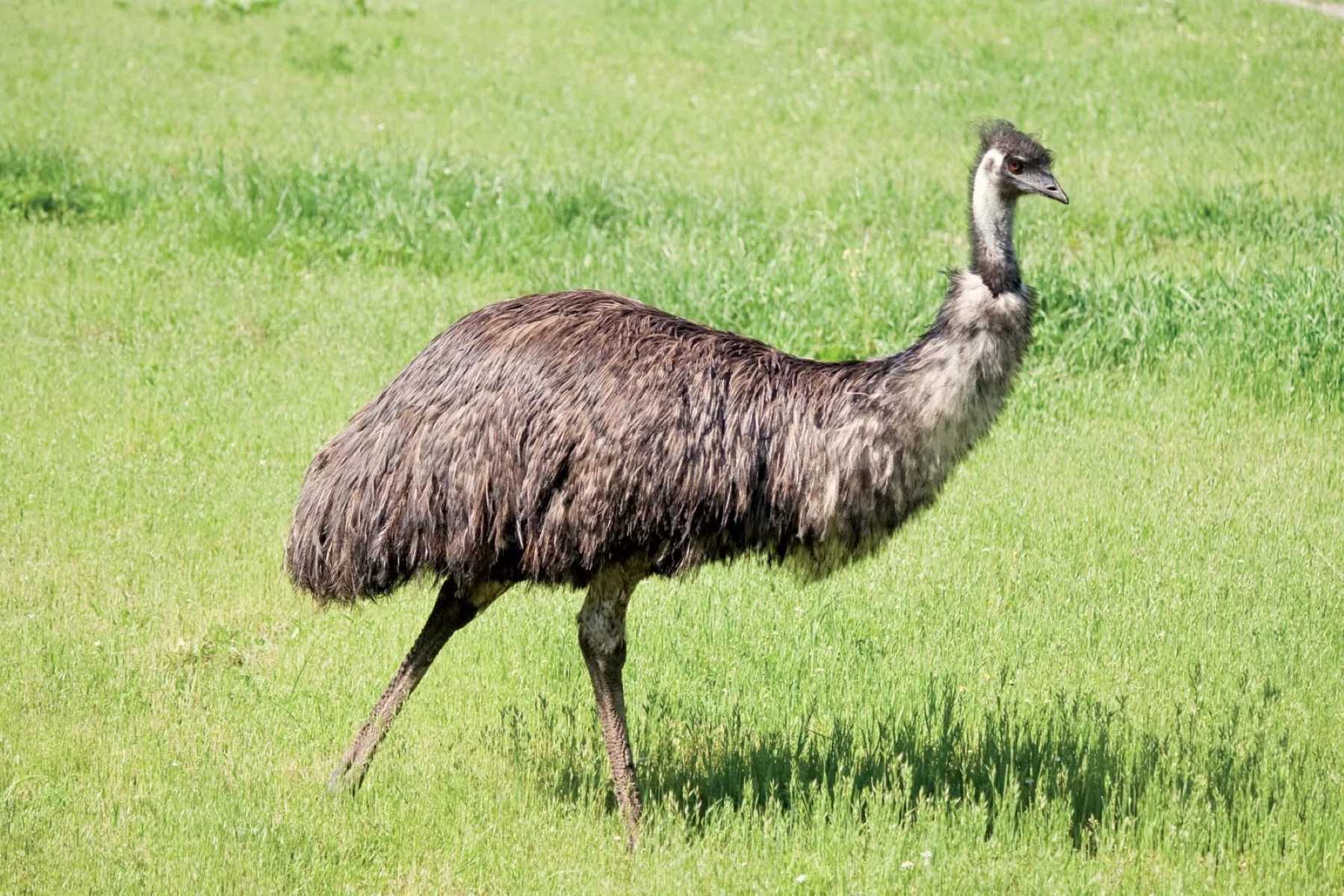11 Surprising Facts About Australia’s National Bird

Australia, known for its unique wildlife, boasts a national bird that might surprise you: the Emu. This flightless bird, standing tall and proud, holds a special place in Australian culture. But how much do you really know about this fascinating creature? From its incredible speed to its unusual breeding habits, the Emu has many secrets waiting to be revealed. Whether you're a bird enthusiast or just curious about Australian wildlife, these 11 surprising facts about the Emu will surely pique your interest. Get ready to learn more about one of the most intriguing birds on the planet!
The Emu: Australia's National Bird
Australia's national bird, the emu, is a fascinating creature with many surprising facts. This flightless bird, known for its impressive size and speed, has a unique place in Australian culture and history. Let's dive into some intriguing facts about the emu.
1. Second Largest Bird in the World
Emus are the second largest birds globally, only surpassed by the ostrich. Standing up to 6.2 feet tall, these birds are truly giants of the avian world.
2. Incredible Speed
Despite their size, emus are incredibly fast runners. They can reach speeds of up to 31 miles per hour, making them one of the fastest birds on land.
3. Unique Feathers
Emu feathers are quite different from those of other birds. Each feather has a double shaft, giving them a shaggy appearance. This unique feature helps them regulate their body temperature.
4. Strong Swimmers
Emus are not just fast runners; they are also strong swimmers. They can cross rivers and lakes with ease, showcasing their versatility in different environments.
5. Ancient History
The emu has been around for millions of years. Fossil records show that their ancestors roamed Australia during the Pleistocene era, making them one of the oldest bird species still in existence.
6. Unique Reproduction
Emu reproduction is quite unique. The males are responsible for incubating the eggs and raising the chicks. They sit on the eggs for about eight weeks without eating, drinking, or leaving the nest.
7. Emu War
In 1932, Australia experienced the "Emu War," where emus caused significant damage to crops. The military was called in to control the population, but the emus proved to be surprisingly resilient.
8. Cultural Significance
Emus hold a special place in Aboriginal culture. They are featured in many Dreamtime stories and are considered symbols of endurance and survival.
9. Emu Oil
Emu oil, derived from the bird's fat, has been used for centuries for its medicinal properties. It is believed to have anti-inflammatory and moisturizing benefits.
10. Omnivorous Diet
Emus have an omnivorous diet, eating a variety of plants, seeds, insects, and small animals. This diverse diet helps them thrive in different habitats across Australia.
11. Long Lifespan
Emus have a relatively long lifespan for birds, living up to 20 years in the wild. In captivity, they can live even longer, sometimes reaching up to 35 years.
The Emu: More Than Just a Bird
Australia's national bird, the emu, is full of surprises. From its incredible speed to its unique mating rituals, this bird is a true marvel. Emus can run up to 50 km/h, making them one of the fastest birds on land. They also have a fascinating way of raising their young, with males taking on the primary role of incubating eggs and caring for chicks.
Their diet is diverse, including plants, insects, and even small animals. Emus play a crucial role in their ecosystem by spreading seeds and helping plants grow. Despite their size, they are excellent swimmers and can cross rivers with ease.
Understanding these facts about emus gives us a deeper appreciation for Australia's wildlife. Next time you see an emu, remember there's more to this bird than meets the eye. It's a symbol of resilience, adaptability, and the unique beauty of the Australian outback.

